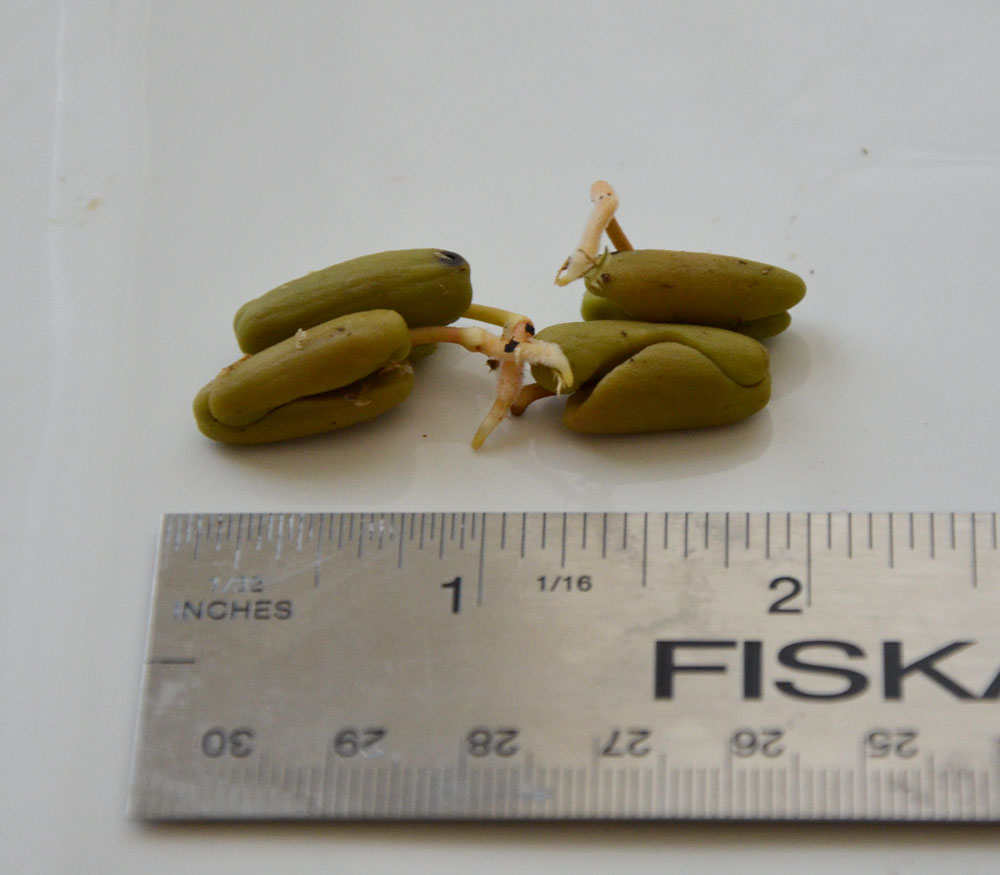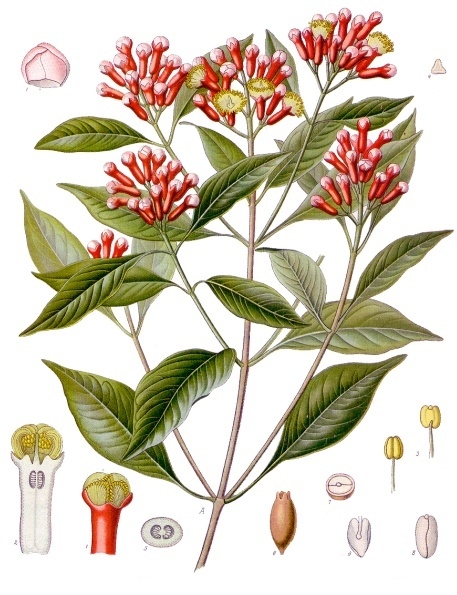Hello everyone!
Todays topic is on plant disease and insects. I will talk about common diseases on clove trees and how they are fought.
The most serious disease affecting clove production is a disease called "Sudden death" (Valsa eugenlae) This disease will affect the clove trees especially during prolonged dry periods. The disease is hard to spot at its first stages. Within this first stage there is a slight chlorosis and firther thinning of the foliage, furthermore the absobtion system is reducted and this is the main reason to the plants death. In the last stage the leafs will fall of the tree, and the leafs will start wilting. (Azhar Ali Farooqi, 2005)
Many different causes to the disease have been suggested, however this study I was reading blames it on a Pathogenic virus. a virus carried by a lethargic vector is the most probable. Next to this suspicion is attached to a scale insect which is tended and transported by the red tree-ant. Ways to fight the disease is by providing copious irrigation to the trees. (Azhar Ali Farooqi, 2005) (FJ Nutman,1949)
Another disease often being present on clove plantations which has been neglected is: Die back (Cryptosporella eugeniae) This disease is recognised due to dark red spots apearing on both sides of the leafs. This will get worse over time and the spots will increase in size. In the last stage the leafs turn chlorotic and will fall off. The disease is linked with neglected clove plantations due to low soil fertility and weed competition being present there. This disease is fought by spraying the trees with a 1% Bordeaux mixture. (Azhar Ali Farooqi, 2005)

(Clove tree with symptomes of Die back)
Bibliography:
http://onlinelibrary.wiley.com/doi/10.1111/j.1744-7348.1949.tb06939.x/abstract
https://books.google.nl/books?id=7KPUlXxOYZAC&pg=PA124&lpg=PA124&dq=Valsa+eugenlae&source=bl&ots=URmdm3qUEi&sig=USFCqNQvk_cgR_YVmcxGM--aNcs&hl=nl&sa=X&ved=0ahUKEwig8ryj9PDXAhXKbVAKHQL0AHoQ6AEIKDAA#v=onepage&q=Valsa%20eugenlae&f=false



